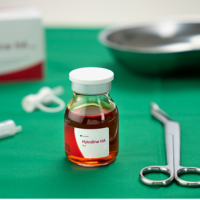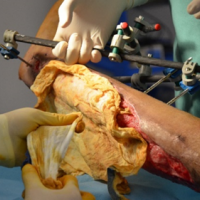
Article: Author: Dr. med. Claus von Schroeder, Facharzt für Allgemeinmedizin, Im Hagen 15, 29549 Bad Bevensen

Article: Martin Oberreiter, MD, PHD; Michal Plodr, MD, PhD; Vojtěch Pavlík, MSc
Hyaluronic acid as an essential component of wound healing
Articles
Browse by category



